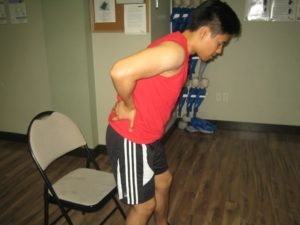Foot drop is a nerve and muscular condition that limits the front part of the foot from being lifted which eventually impairs movement. It is important to note that the condition is instigated by weakness or paralysis of the muscles below the knee and is oftentimes temporary, but most often permanent.
Muscle or nerve injury to the inferior spine as well as diabetic neuropathy can result to foot drop. There are certain forms of muscular dystrophy which is an inherited condition that causes weakness of the muscles as well as disorders that affect the spinal such as multiple sclerosis that can also cause foot drop. The treatment options tend to vary depending on the underlying cause of the condition.
Measures in managing foot drop

- It is vital to seek medical care in order to determine the exact cause of foot drop. Damage on the nerve is triggered by herniated disc in the lower back, spinal cord injury and neurological damage. The testing involves MRI and electromyography nerve studies. If there are visible indicators of the condition during a physical exam, it entails specific examination.
- The treatment options must be discussed with the doctor and follow the prescribed medications to be taken. In case the cause of foot drop originates from a current medical condition, the symptoms could not be managed without treatment for the condition. The neurological disorders with foot drop as the symptom are considered as a lifelong disability. Nevertheless, foot drop caused by nerve damage or trauma can be corrected. If you want to learn how to manage this condition, click here.
- Physical therapy is recommended in most cases. The treatment includes physical therapy in order to correct the spinal issues linked with foot drop or can be used to improve the movement of the foot. The exercise during physical therapy is focused on firming the leg muscles and maintaining range of motion in the knee and ankle.
- Orthotic devices should be used as directed. Shoe inserts or light weight leg braces are commonly used in treating foot drop. These devices will keep the foot in a normal position in order to improve the movement.
- Stimulation of the nerves that lift the foot can help improve the condition. Always remember that nerve stimulation is carried out in a healthcare facility or using a battery-operated device that is strapped on the leg.
Considerations to bear in mind
Any symptoms of the condition should not be ignored since it can worsen if treatment is not provided. The symptoms include pain, numbness and dragging of the foot when walking.
Surgery might be an option if foot drop is permanent and could no longer be corrected with the less invasive measures. Additionally, foot drop typically affects only one foot depending on the exact cause.
